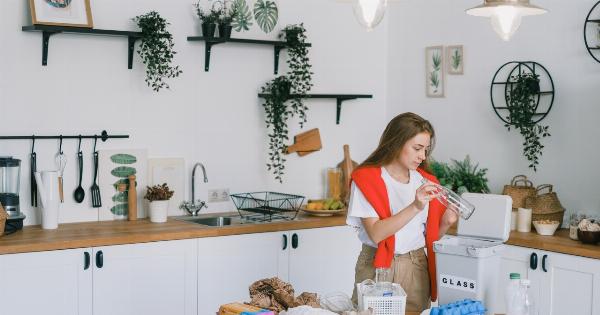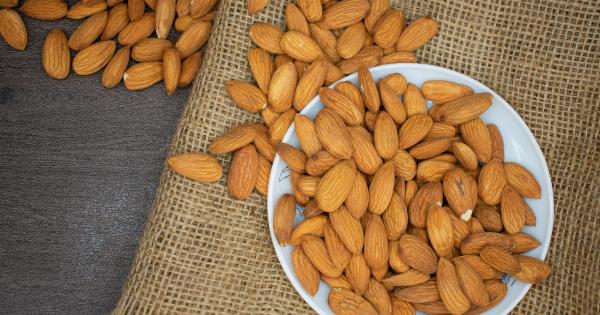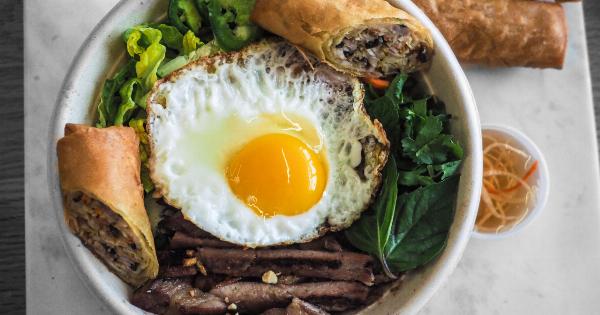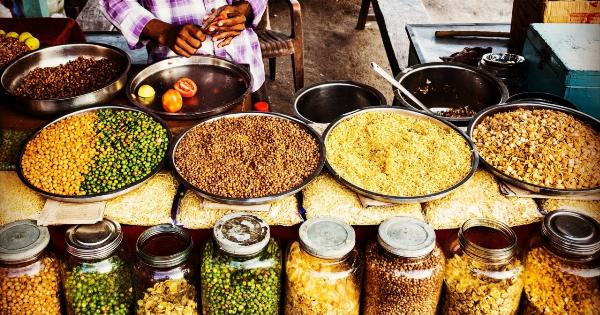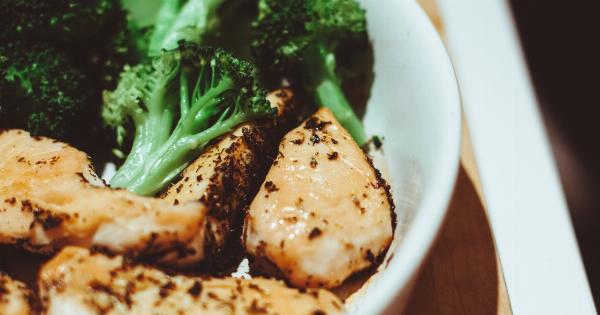Legumes, such as beans, lentils, and chickpeas, are highly nutritious and versatile ingredients that can be incorporated into a variety of dishes. However, they can sometimes cause digestive discomfort, leading to bloating, gas, and indigestion.
This can be attributed to the presence of certain compounds like oligosaccharides and phytates that can be difficult for our bodies to break down.
Understanding the Digestive Issues
Before we delve into the best cooking methods for legumes to maximize digestive comfort, it’s important to understand why these issues occur. Legumes contain complex sugars known as oligosaccharides, which cannot be digested by human enzymes.
As a result, they pass through the digestive tract undigested until they reach the large intestine, where bacteria break them down and produce gas. Additionally, phytates, which are present in legumes, can hinder the absorption of certain minerals, further contributing to digestive discomfort.
Soaking Legumes
One of the most effective ways to reduce the levels of oligosaccharides and phytates in legumes is through soaking. Soaking legumes in water for a certain period of time helps to break down these compounds, making them easier to digest.
There are two main methods for soaking legumes:.
Hot Soaking Method
In this method, the legumes are covered with boiling water and left to soak for a designated time. The hot soaking method is particularly beneficial for larger legumes, such as chickpeas and kidney beans. Follow these steps:.
- Measure the desired amount of legumes and rinse them thoroughly under cold water.
- Place the rinsed legumes in a pot and cover them with three times their volume in boiling water.
- Let the legumes soak for at least 4 hours or overnight.
- Drain and rinse the legumes before cooking.
Cold Soaking Method
The cold soaking method involves immersing the legumes in cold water and allowing them to soak for an extended period, usually overnight. This method is suitable for smaller legumes like lentils and split peas. Here’s how to do it:.
- Rinse the legumes thoroughly under cold water.
- Place the rinsed legumes in a bowl and cover them with cold water.
- Let the legumes soak for at least 8 hours or overnight.
- Drain and rinse the legumes before cooking.
Slow Cooking and Pressure Cooking
After soaking, the next step is to cook the legumes. Two cooking methods that are particularly effective for enhancing digestive comfort are slow cooking and pressure cooking.
Slow Cooking Method
Slow cooking legumes at a low temperature for a longer period helps to further break down complex sugars and reduce the presence of oligosaccharides, thus making them easier to digest. Here’s how to slow cook your soaked legumes:.
- Drain and rinse the soaked legumes.
- Place them in a pot and cover with water or broth.
- Add any desired seasonings or aromatics.
- Simmer the legumes over low heat for approximately 2 to 4 hours, or until they are tender.
- Stir occasionally and add more liquid if needed.
Pressure Cooking Method
Pressure cooking is another efficient method for cooking legumes while still ensuring digestive comfort. The high-pressure environment breaks down complex sugars effectively and reduces the cooking time significantly. Here’s a step-by-step guide:.
- Drain and rinse the soaked legumes.
- Place them in the pressure cooker along with water or broth.
- Add any desired seasonings or aromatics.
- Securely close the pressure cooker lid and set it to high pressure.
- Cook the legumes for the recommended time, usually 6 to 15 minutes depending on the type of legume.
- Release the pressure according to the cooker’s instructions.
Additional Tips for Digestive Comfort
In addition to proper soaking and cooking methods, there are a few more tips to ensure maximum digestive comfort when consuming legumes:.
1. Gradually Increase Consumption
If you’re not accustomed to consuming legumes regularly, it’s best to gradually increase your intake. This allows your body to adapt to the increased fiber content and minimize digestive discomfort.
2. Use Herbs and Spices
Herbs and spices like ginger, cumin, and fennel seeds possess natural digestive properties and can help counteract the potential bloating and gas caused by legumes. Include them in your legume preparations to enhance both flavor and digestion.
3. Be Mindful of Portion Sizes
Avoid overindulging in legumes, especially if you’re new to incorporating them into your diet. Start with smaller portion sizes and gradually increase as your digestive system becomes accustomed to them.
4. Chew Thoroughly
Proper chewing is an often-overlooked step that aids digestion. Chew legumes thoroughly to break them down into smaller particles, allowing for easier digestion and nutrient absorption.
Conclusion
Legumes offer numerous health benefits but can sometimes cause digestive discomfort due to their complex sugars and phytates.
By employing proper soaking techniques and utilizing slow cooking or pressure cooking methods, you can minimize the digestive issues associated with legumes. Additionally, incorporating gradual consumption, digestive-friendly herbs and spices, mindful portion sizes, and thorough chewing can contribute to improved digestive comfort.
Enjoy the many nutritional benefits of legumes while keeping your digestive system happy!.

